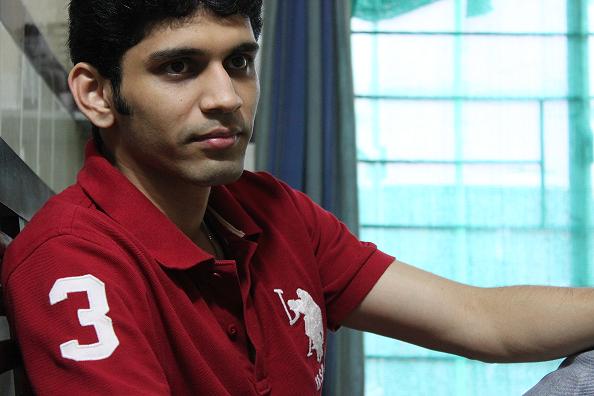Currency – It is the form of money that is used as a medium of exchange, specially circulating paper money. Circulation here means transmission from person to person as a medium of exchange.
Now-a-days Currency Trading is a hotspot; the Currency Trading Market is a multi trillion dollar market where world currencies are exchanged back and forth on a daily basis.
Now let’s discuss about our own currency – The Rupee
Evolution of Rupee is quite fascinating and interesting. The name Rupee comes from the Sanskrit language word “Rupyakam” meaning Silver Coin. Since the Mughal Era our currency has been evolving from Copper coins to Silver coins and then in Britain’s rulership finally to Paper Money. A long journey of our currency tells the whole history of our country’s economic system also.
Now turning the time wheel back and see the currency rates historically prevailed in our country.
After Independence the rates:
| Year | Dollar ($) | Rupee |
| 1950 | 1 | 4.79 |
| 1970 | 1 | 7.56 |
| 1990 | 1 | 17.5 |
| 1995 | 1 | 32.42 |
| 2000 | 1 | 44.94 |
| 2010 | 1 | 45.79 |
| 2013 | 1 | 69.22 |
(Source: Investing.com)
A huge decline in the value of Rupee, but why this happened?
A major Devaluation of Rupee happened twice in 1966 and 1991. After Independence India chose a fixed currency rate but the two consecutive wars with China (1962) and Pakistan (1965) left India with big deficits due to which Indian Government decided to devalue our Rupee. Then second time in 1991 our currency forcibly devalued due to acute balance of payments crisis. The major two devaluations stoked the inflation in our country which further depreciated Rupee and it reached to 32.42 till 1995. But after liberalization the year 1993 was remarkable for our currency history because Indian Government decided to apply Free Float Exchange Rate System.
We were in the grip of high inflation and low foreign reserves which kept the pressure on Rupee but still between 1995 to 2010 currency traded in a range. There was a stable movement but the swing on both sides started increasing in the last two years which we call ‘Volatility’.
Before going further we will slightly put the light on Devaluation & Depreciation.
Both the terms are different – How?
Devaluation – Devaluation only happens with a fixed exchange rate. When a country is no longer in a position to defend its exchange rate then it devalues our own currency. In the same way when we were running with large deficits we witnessed the devaluation of our Rupee.
Depreciation – Depreciation happens with a floating exchange rate. When a country applies free exchange rate then the Demand & Supply of currency gets dependent on Foreign Capital Inflows & Borrowings, Trade Balance and Volatility Spikes.
Effect of Devaluation & Depreciation
In both the cases the value of currency declines due to which the effects are –
- Cheap Exports
- Costly Imports
Please let’s assess whether our country really got high exports and low imports?
As per the analysis of many economists the Devaluation & Depreciation is actually good for a country because that nation got a chance to boost the exports with the low value of currency so in our case yes since Independence and Liberalization we witnessed a rise in Foreign Exchange Reserves and India became an exporting country. But the depreciation from the value of 40 to 60 was quite hurting and devastating because to a certain extent Decline is only acceptable and beneficial.
After 2007 there was an explosion in our Current Account Deficit from $8 billion to $90 billion.
Foreign Exchange Reserves got decreased from $300 billion to $275 dollars which is almost a 7-8 months reserve to defend this huge Current Account Deficit.
Current Account Deficit reached to 5% of GDP in any case 2.5% is healthy.
So we saw how Devaluation & Depreciation didn’t prove that much beneficial for us. Rather Volatility in Currency Rates made the situation worst and haywire.
Now what is the Solution for this Currency Crisis?
One immediate measure that can be applied to get the currency back on track is –
- Rupee Internationalization– India is gradually expanding the trading network with many countries so the payment needs to get settled in Rupee only and not dollars.
Actually our Government already identified countries with which India is running large trade deficits like Japan, Iraq and Venezuela. It is a step towards Full Account Convertibility.
- Capital Control measures also can be useful to curb the Capital Flight. Speculative attacks on currency can be kept in check through tight capital controls only.
- Rest of the measures required to bring the Current Account Deficit, increasing GDP and controlling Inflation.
Indian Currency – A Boon or Bane, right from Independence till now we saw the declining trend which gave a Bane effect but still if our Government takes more appropriate measures then Indian Rupee could be Boon also.

 Follow
Follow



